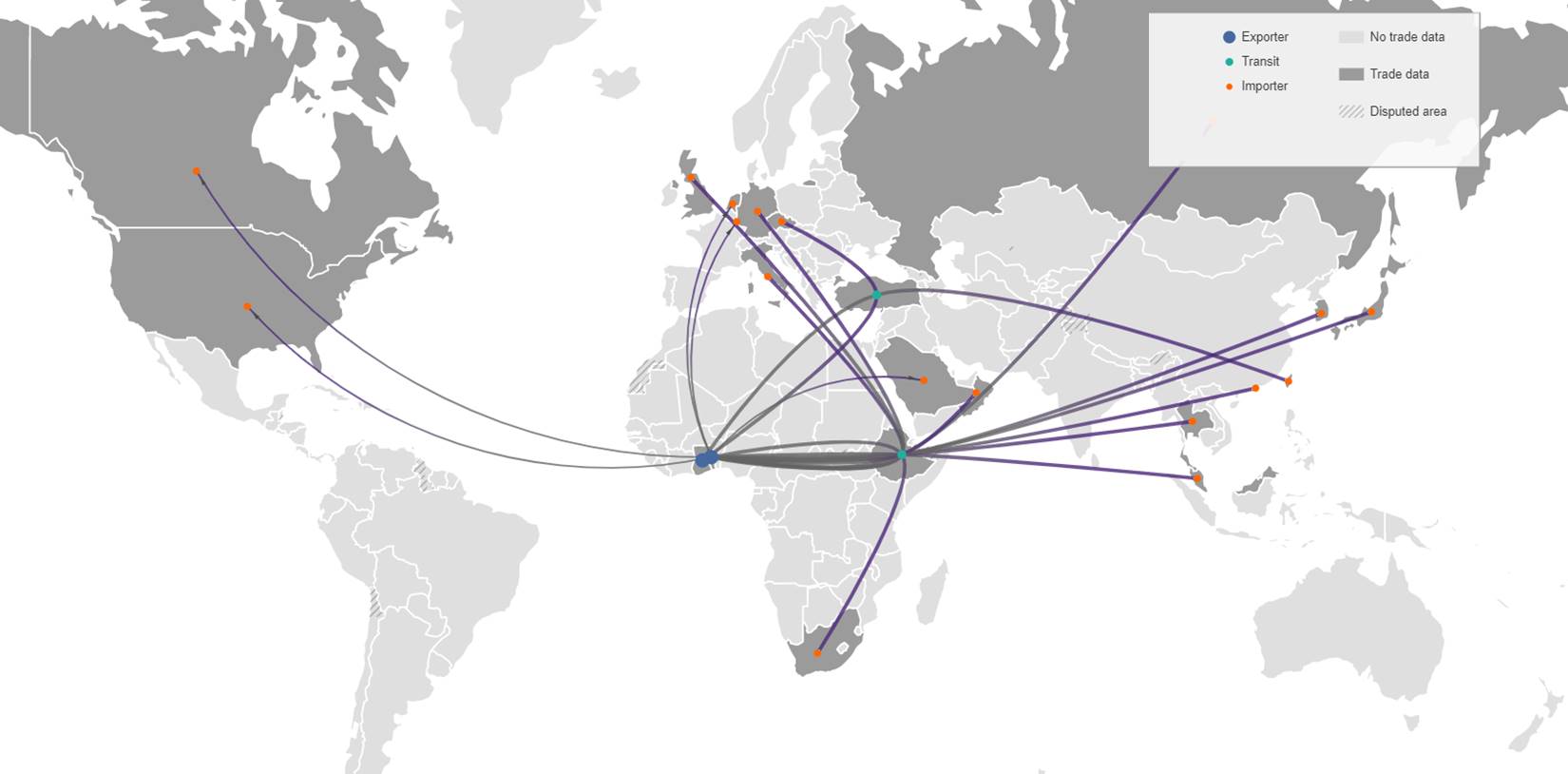News
Useful insights into legal wildlife trade revealed in new paper
The legal wildlife trade tends to receive relatively little research attention compared with the illegal wildlife trade. Yet, legal wildlife trade is huge (in terms of value, and the numbers and diversity of species involved). Legal wildlife trade sometimes provides important sources of income for local communities, but it is often not well documented or monitored, and may risk negative impacts on sustainability, animal welfare, and public and environmental health (through the spread of disease and invasive species, respectively).
Our recent paper published in BioScience discusses some of these issues. A new paper led by Lauren Harrington, senior researcher at WildCRU, in collaboration with Neil D’Cruze, of World Animal Protection, and Mark Auliya, of the Helmholz Centre for Environmental Research and the Zoological Research Museum in Germany, published this week in Conservation Science and Practice, presents a case study, focusing on the exotic pet trade, that illustrates the potential for some of these issues. The paper details the animals advertised as available for sale and international export from just two wildlife exporters in Togo, West Africa. Using information posted on Facebook, we identified at least 200 species advertised, predominantly reptiles, but also mammals, birds, amphibians, and invertebrates. Photographic evidence suggested that several hundred, possibly several thousand, individuals were shipped, at least monthly, to North America, Europe, Asia, and elsewhere in Africa.
Key issues raised are the lack of baseline data available for many of the species involved, and the apparent lack of regulation of their trade: among the vertebrates observed, one-third had not yet been evaluated on the IUCN Red List and three-quarters were not CITES-listed. The study provides insights into the otherwise undocumented supply of exotic pets and also demonstrates the utility of social media data in this type of research.







